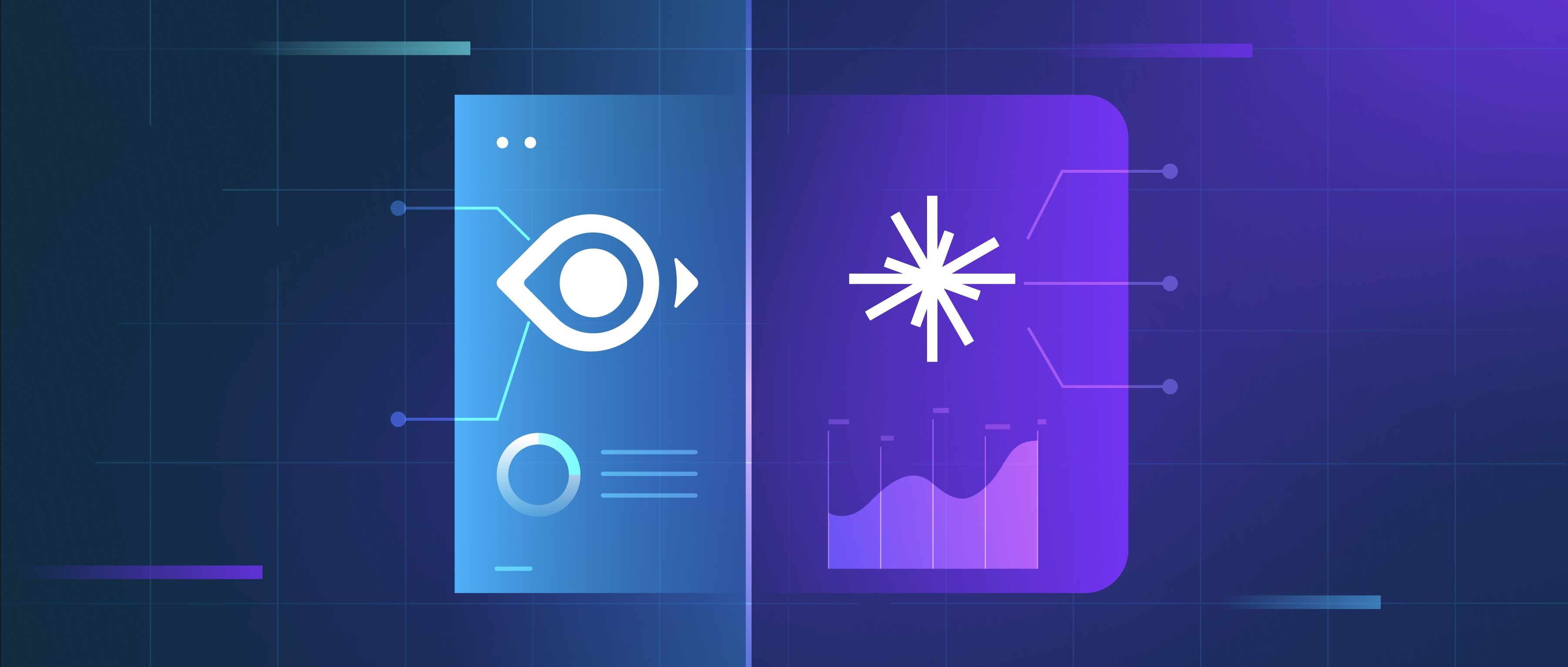Whether Google Vision or Microsoft Azure is better depends on the specific use case, as both offer robust computer vision APIs with unique strengths. Google Vision API excels in text recognition (OCR) and provides advanced capabilities for analyzing large-scale images using its integration with Google Cloud services. It supports features like landmark detection, logo detection, and custom model training through AutoML Vision. Microsoft Azure Computer Vision API, on the other hand, offers strong integration with Azure’s ecosystem and focuses on comprehensive image analysis, including face recognition, object detection, and handwriting OCR. It also provides video analysis capabilities through its Video Indexer service. Both platforms are highly scalable and provide pre-trained models, but Google Vision may be more suitable for use cases involving natural scene text detection or large-scale applications. Conversely, Azure may be preferable for applications requiring seamless integration with other Azure services or video analytics.
Is Google Vision better than Microsoft Azure?

- GenAI Ecosystem
- Evaluating Your RAG Applications: Methods and Metrics
- Retrieval Augmented Generation (RAG) 101
- Getting Started with Milvus
- Exploring Vector Database Use Cases
- All learn series →
Recommended AI Learn Series
VectorDB for GenAI Apps
Zilliz Cloud is a managed vector database perfect for building GenAI applications.
Try Zilliz Cloud for FreeKeep Reading
What are quantum walks, and how do they relate to quantum algorithms?
Quantum walks are a quantum analog of classical random walks. In classical random walks, a particle moves in a probabili
What are best practices for optimizing full-text search?
Optimizing full-text search involves several best practices that can significantly improve search performance and releva
What is vector search?
Vector search, or vector similarity search, is a technique to find similar items within a dataset by representing them a